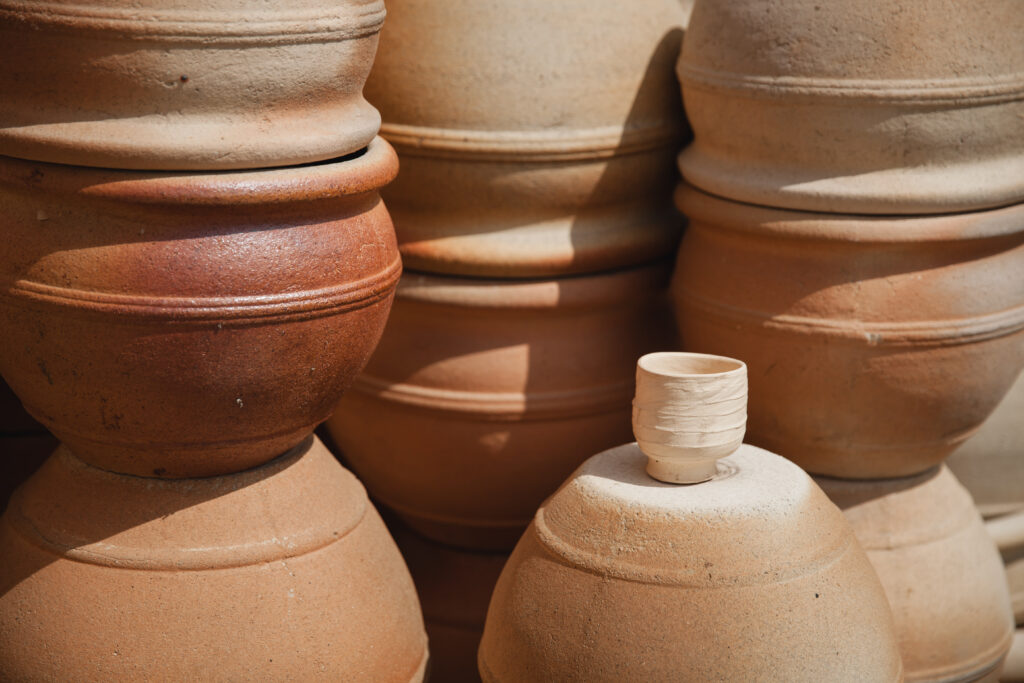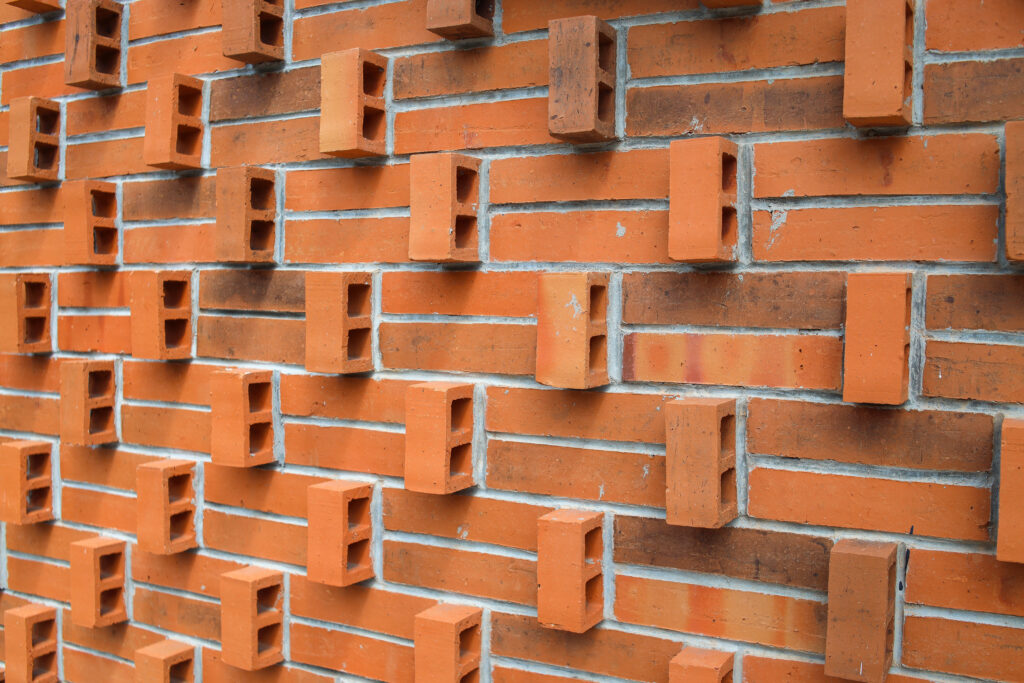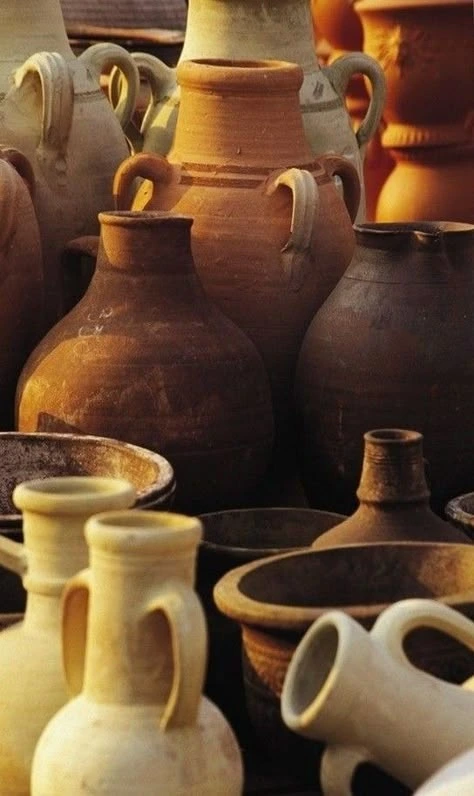Welcome to the world of terracotta
We blend Ancient traditions beautifully with timeless craftsmanship
Continuing the Legacy
The word terracotta has its origin in the Italian word for
"Baked earth" - "Terra Cotta".
01
Sustainable
Clay is a natural, eco-friendly material that degrades harmlessly, minimizing environmental impact.
02
Versatile
Clay's adaptability enables the creation of a wide range of products, from building components to decorative items.
03
Temperature control
Hollow clay bricks and tiles provide effective thermal insulation, regulating indoor temperatures and reducing heat penetration.
04
Elegant
Clay products possess a timeless, sophisticated beauty that complements diverse decor styles, ensuring a lasting impression.
Advantages of Clay
Clay presents not just aesthetics, but also utility and sustainability.

Apartment - Queens
Eco-Friendly & Sustainable
Clay is a natural material that decomposes without harming the environment, making it an eco-conscious choice.
$150,000

Apartment - Queens
Versatile Applications
From roofing, ceiling, wall, and floor components to utensils and decorative pieces, clay adapts to a wide range of uses.
$150,000

Apartment - Queens
Superior Thermal Insulation
Hollow clay bricks, when placed over concrete slabs, act as effective insulators, significantly reducing indoor temperatures.
$150,000

Apartment - Queens
Cooler Roofing Solutions
Hollow roofing bricks minimise heat absorption, keeping interiors cooler.
$150,000

Apartment - Queens
Heat-Resistant Walls
Hollow wall bricks prevent heat penetration, maintaining a comfortable indoor climate.
$150,000

Apartment - Queens
Climate-Responsive Flooring
Terracotta floor tiles help regulate temperature, avoiding extreme climate effects inside homes.
$150,000
Read from clients who have found the perfect place where they can create...
Discover testimonials from satisfied clients who have found their dream properties with Real Estate, the trusted experts in helping you find the perfect place to call home.

Ancient Charm
Did you know that the ancient Indus Valley Civilisation, which flourished around 4000-1500 BCE, used terracotta to create sophisticated drainage systems? The civilisation's urban planning and architecture featured advanced terracotta pipes and sewage systems, showcasing their impressive engineering skills. This ancient innovation is rarely discussed, but it highlights the ingenuity and resourcefulness of the Indus Valley people.
As we continue to face modern-day challenges in sustainable urban planning and environmental conservation, the ancient Indus Valley Civilisation's use of terracotta in drainage systems serves as a remarkable example of innovative problem-solving.
Today, as we explore eco-friendly and sustainable building materials, the humble terracotta, with its ancient roots, remains a valuable resource for modern architects, engineers, and environmentalists alike.

